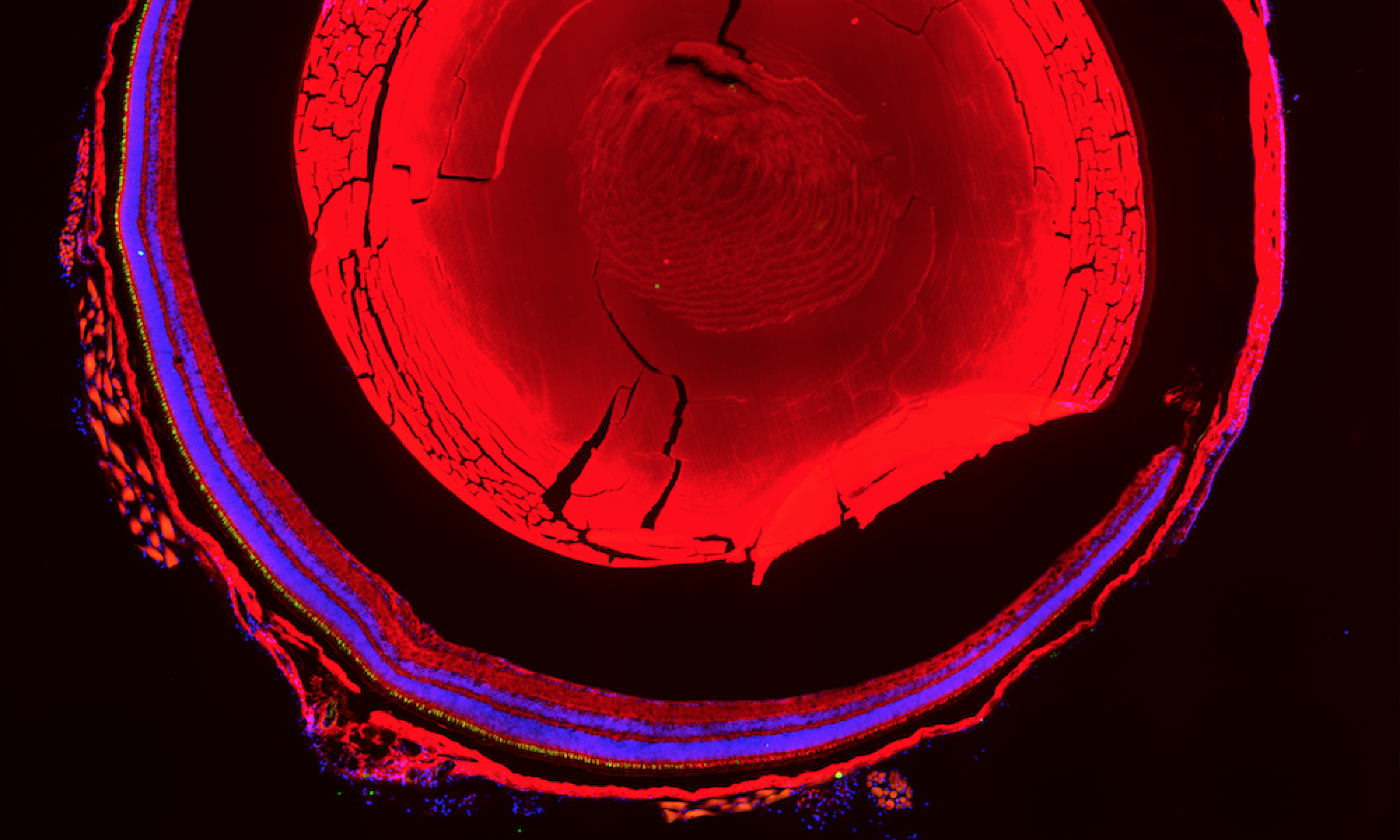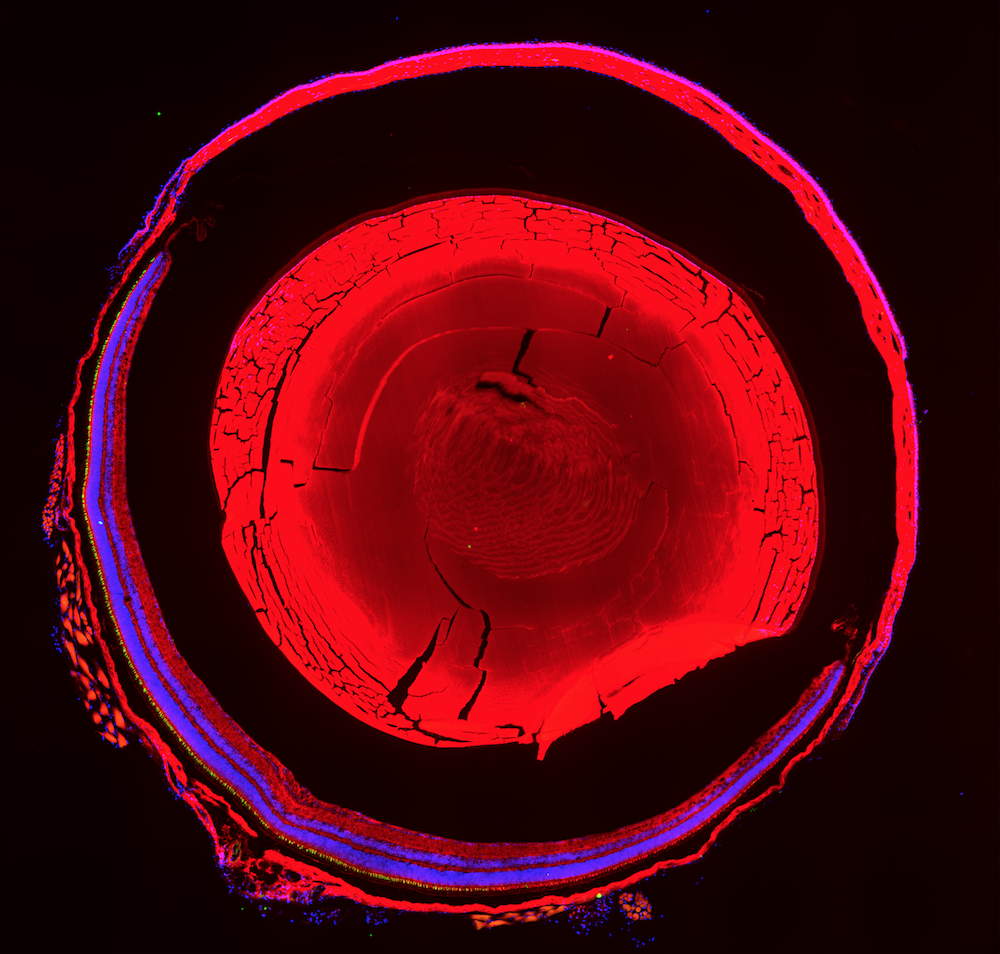What genes can we test for?
We are now able to test for certain forms of macular degenerations and retinal degenerative conditions. These include:
- TIMP3: Sorsby’s fundus dystrophy
- Bestrophin: Best’s macular degeneration
- RDS/Peripherin: Various pattern dystrophies
- ABCA4: Stargardt’s macular degeneration
- ELOVL4: Stargardt’s-like macular degeneration
- EFEMP1: Malattia Leventinese/Doyne honeycomb macular dystrophy
We plan to add additional retinal disease genes to this list.
Who might consider testing?
Deciding to undergo genetic testing is a personal and individual decision. Some individuals decide to have testing for these reasons:
- To confirm a diagnosis. Some eye diseases show similar symptoms; the only way to distinguish among them now is to “wait and see” how the disease progresses. If genetic testing is able to confirm a clinical diagnosis, the clinician may be able to provide the patient information on prognosis of disease.
- To determine if a parent is a carrier of mutations in a disease gene that they may pass on to his/her children. If the genetic basis for a disease is confirmed, health care practitioners may be able to counsel the patient as to how the disease is inherited in a family.
For those that know that one of these diseases occurs in their family some individuals may decide to have the testing:
- To help them make an informed decision about career and lifestyle if they are likely to inherit a disease gene that might result in impaired vision.
- To help them understand if they do not carry a disease gene. This information may provide relief to that patient and their family.
In which situations might genetic testing not be appropriate?
- Depending on the age of onset for the disease, it may not be appropriate to provide genetic testing for children. This is especially true if there is no medical benefit to knowing that the child carries the disease mutation.
- We are unable to provide prenatal testing at this time.
What are some of the limitations of genetic testing?
- Genetic testing may not identify the gene defect in all individuals. In some cases analysis of additional relative’s samples may be needed for interpretation of results.
- Sometimes results may come back from the genetic testing and be considered inconclusive.
- With some of the diseases tested for by our lab, there can be variability of expression of the disease associated with a genetic mutation. Likewise, some of the disease genes show reduced penetrance (not all of those carrying the disease gene will manifest the disease).
- Identifying a gene mutation does not mean that we can treat the disease or modulate the gene. The long-term goal of our researchers is to build on this knowledge to develop therapies or treatments for these eye diseases.
How can genetic testing be initiated?
All samples must come to us through a health care provider. Samples are not accepted directly from patients.
If you are a patient interested in undergoing this testing:
- Share this information about the testing with your ophthalmologist, primary care doctor, or genetic counselor
- We encourage those who are choosing to undergo the testing to discuss the testing with your health care provider fully before providing a sample. It is important that you are fully informed about the risks, benefits, and limitations of this testing. It is also important that you are able to fully understand the meaning and interpretation of the results of the genetic testing. Either your health care providers may provide you with this pre- and post-test counseling and arrange for the testing or they may wish to refer you on to a local genetic counselor or geneticist to do this.
If you are a health care provider interested in providing a patient sample:
- We encourage you to fully discuss the risks, benefits, and limitations with your patient before they proceed with testing. You may wish to refer your patient to a genetic counselor in your area that can discuss the testing with them.
- Genetic counselors nationwide can be located at www.nsgc.org
- Sample shipping requirements and paperwork which must accompany the sample are below
Please let our laboratory know when you send a sample to us—contact information is below.
What paperwork must accompany the blood sample?
- Biobank PIF – Including pedigree and clinical information
- Research Consent Form**Preliminary analysis for some tests is done as a part of research protocols and confirmed under our CLIA protocols, so this research consent form is necessary. We recommend that patients also consent for research studies if having analysis of other genes as future research may provide further insight to the molecular basis for their disease.
- HIPAA Consent Form
What are the sample requirements?
- Please draw 9-12 mL of blood on adults and 3-5 mL on children. Blood should be drawn into lavender top EDTA tubes and shipped to us overnight at room temperature.
How are the results communicated?
- Results are released through a healthcare provider only. That person will be either the physician or genetic counselor of patient’s choice. Referring physicians will get a copy of the genetic testing report.
Is your lab certified?
- Results are released through a healthcare provider only. That person will be either the physician or genetic counselor of patient’s choice. Referring physicians will get a copy of the genetic testing report.
Where do we send blood samples?
- Shiley Eye Institute, Jacobs Retina Center
- 9415 Campus Point Drive
- La Jolla, CA 92093.
- Attn: Rachel Poleman, Rm 227.

